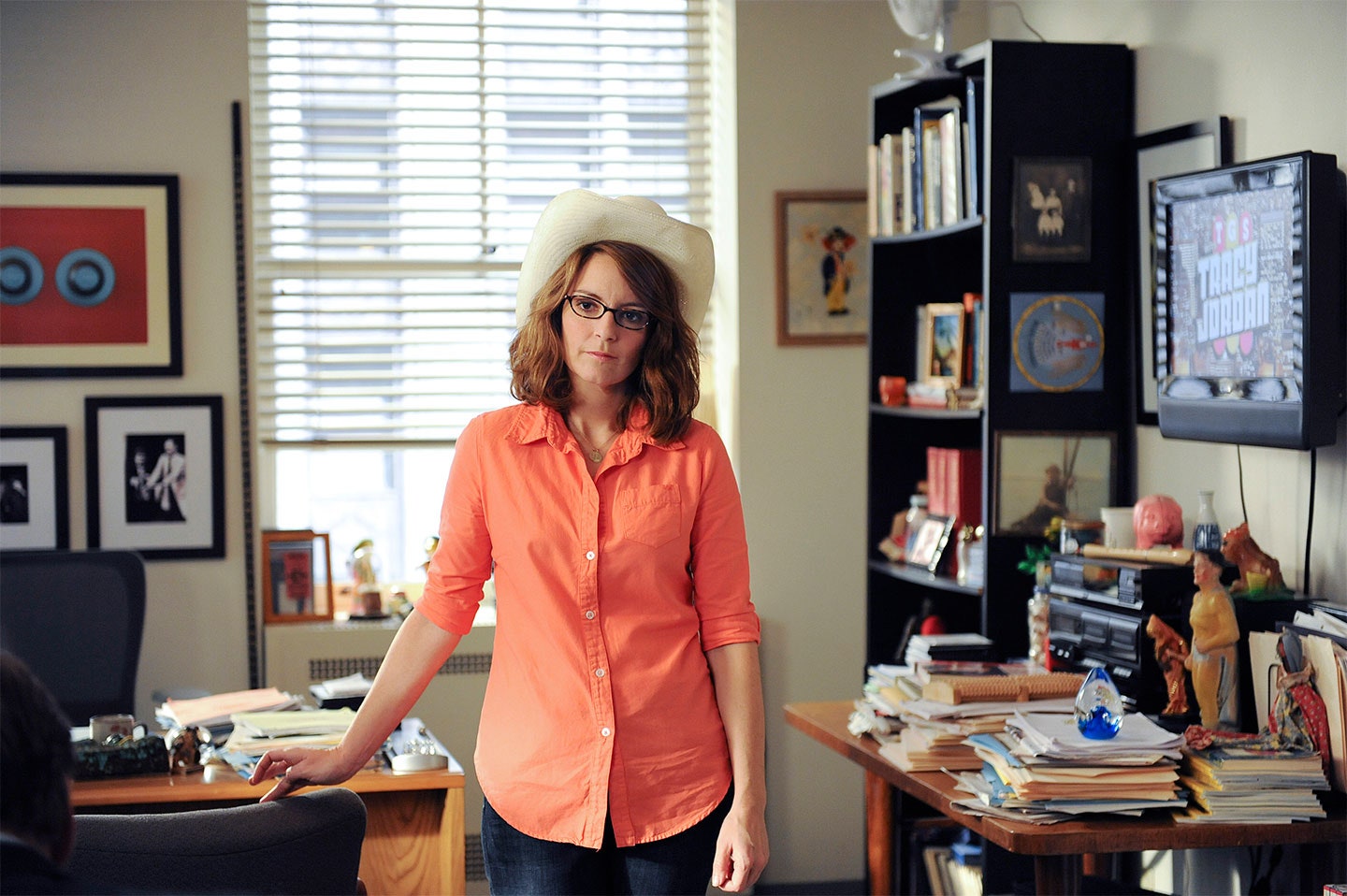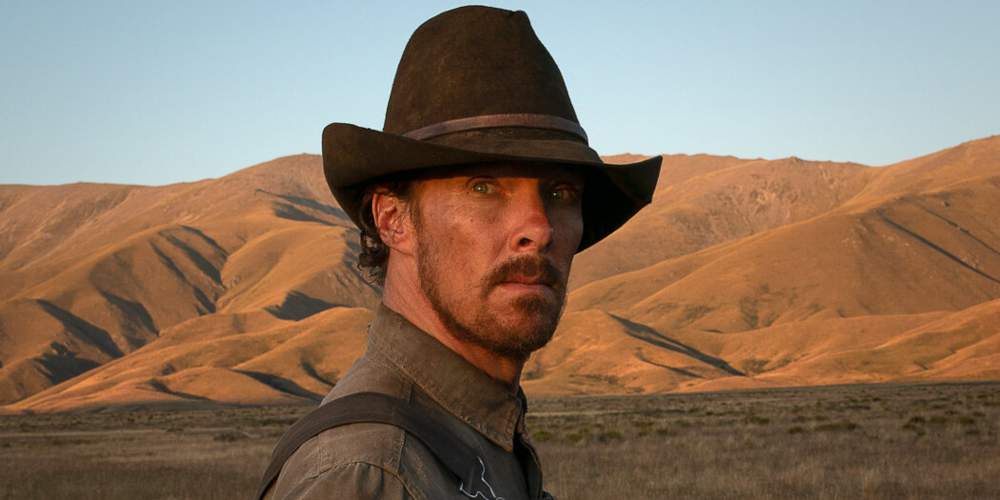
The company recently lost 200,000 subscribers in the past quarter, and could lose another two million in the current period, according to its note to shareholders released last month. The reason the subscriber numbers are declining is because many long-standing members have decided to cancel their subscriptions. Data from Antenna shows that subscribers have increased in number from 5 percent to 13% at the start of 2022, according to the research firm.
On the Verge
On the Verge might be the show for your needs if you want a short show. It debuted in September 2021 and starred Elizabeth Shue. It followed four middle-aged women who face a variety of challenges - from career to love. Julie Delpy was also on the show, as well as Sarah Jones and Alexia Landeau. Madelyn Stillwell was played by Elizabeth Shue, who passed away at the end season one. She did make a brief cameo in season two.
Dash & Lily
Netflix has canceled Dash & Lily. The first season of the Netflix original was cancelled without a season two. This is extremely sad news considering the show won Daytime Emmys and was critically acclaimed. It was extremely popular and was dropping at just the right moment. The show could have been in discussions to adapt other books. This is possible because Joe Tracz, the showrunner, stated that he'd love to produce a third series book.

Cooking With Paris
Cooking With Paris has been cancelled and will no longer appear on Netflix. After negative reviews, Cooking with Paris was cancelled during its fifth season. Despite this, the star still has a popular reality series on Peacock, "Paris in Love," which follows her engagement to Carter Reum. Fans will see the final episode in the 13-part series on January 27. Aaron Saidman and Eli Holzbaum produced the show. Rebecca Hertz is the producer. The series was developed by Industrial Media's The Intellectual Property Corporation.
Raising Dion
Netflix has cancelled Raising Dion after it aired for two seasons. The show, based on the comic book series by Dennis Liu, followed the story of Dion Young and Nicole Warren. While the reason for the cancellation is not clear, fans have largely praised the show, which also starred Michael B. Jordan. The second season premiered a little over three months ago and was in the top ten on Netflix for four weeks.
Pretty Smart
Netflix cancelled Pretty Smart last October, although it's unclear why. Netflix isn’t known for giving sitcoms the chance. But they are quick enough to renew shows that work well. The show only lasted for three days on the Netflix US Top 10 list before it was taken down. Pretty Smart didn't get a great rating from Netflix, as you may have seen the news.
Julie and The Phantoms
While many people were shocked to learn that Netflix had cancelled Julie and the Phantoms after only one season, they are equally as surprised to learn that the show will not return. Many fans took to social media to protest the cancellation of the show and to petition Netflix. The show was not well-received upon its initial debut but it did gain a dedicated following. It won three Daytime Emmy Awards for its screenplay and camera editing, so it's clear that the series has many ardent fans.

One Day at A Time
Netflix pulled the plug on a critically-acclaimed sitcom that followed a family from Cuba. It aired until March 14, 2019, The network gave the show another chance three months later and aired the second season. This decision shocked many. The show was a big hit on the streaming platform, with viewers ravening about its characters. The reason for the cancellation was a number of factors, including the onset of the COVID-19 pandemic that has plagued the country.
Seven Seconds
After a promising debut last February, the anthology series has been cancelled by Netflix, but the reason why is unclear. Emmy-winning Regina King stars in the series, as does Veena Sud, creator. Low ratings led Netflix to cancel the order for the second season. It wasn't the most popular series of 2016, but it did gain viewers and was likely to be considered for a second season. It's not surprising that the show was cancelled.
FAQ
What type advertising is on TV?
Television is a medium of communication in which images are used to communicate messages. It is the most popular medium of communication in the world. The annual value of the television industry exceeds $100 billion.
There are many types and styles of TV advertisements. You can divide them into two categories.
-
Commercials (also known as "TV commercials"), which are usually 30 seconds or longer;
-
Programs/Series (also known as "programming") These are generally 20 minutes in length, though some programs may be shorter.
Commercials are shown during commercial break, which is usually every half hour of programming. These commercials are also shown during non-programming times. These include infomercials, before-and-after shows, and public service announcements.
The programs are the heart of every channel. Most channels have multiple series that air every week. Some networks air only one series per day. Other networks may air multiple series simultaneously. Some channels specialize only in airing news, movies and sports events.
Since its inception, advertising on television has evolved significantly. Television was used mainly for entertainment purposes in the 1950s. Television was primarily used for entertainment purposes in the 1950s. People would watch programs like I Love Lucy, Father Knows Best and Gunsmoke before going outside to play with friends. Television became more common as people used it to learn about new products and services. A television advertisement could help someone learn about the features of a particular car and how to buy it.
Are television commercials targeted?
Targeting an ad with the right keywords is the best way to reach people.
Also, you can advertise during football games if your goal is to reach football-loving people. Advertising during movie times is a great way to reach people who like movies on Friday nights.
If you want to reach people when they're eating dinner, then advertise during prime-time shows.
Knowing what people do after seeing your ads is key. Access to data on what programs they're viewing is key.
Thanks to new technologies, such as DVRs or streaming video, data is now more easily accessible.
However, everyone is different and each person has their own preferences. It's impossible for anyone to predict the next program they will watch.
It is important to test various types of ads. Real-world feedback is the best way to find out which types of ads work well.
Are advertisers willing to spend large sums of money on television?
Advertisers invest a lot of cash to promote their products via TV. Advertisers also spend a lot to persuade consumers to purchase their products.
This is achieved by spending money on research in order to determine what people like and don't love about their products.
These information are used by advertisers to design advertisements that will appeal to consumers.
Does TV affect sales?
TV has a positive effect on sales as it allows consumers to see which products are available.
Consumers compare prices before buying a product. They often think "I wonder if it's possible to afford that?" when they see an advertisement for a product.
Advertising on TV: How effective?
An advertiser's most important task is to communicate a message that resonates well with its target audience. Television advertising is cheaper than radio and print ads. Unfortunately, television advertising doesn't always deliver results as people are constantly bombarded with too many messages.
A study showed viewers could only recall two of the three commercials that were running simultaneously when there was more than one. This proves how difficult it is for a single commercial to have a lasting impact.
Multimedia advertising is the best way you can get your message across. Advertise in newspapers and magazines, for example, to promote a product that aids people losing weight.
This will allow your product to be seen by a wider audience.
Statistics
- To get estimated costs for airing a 60-second TV commercial in different regional markets, check out the following figures in this TV ad pricing chart from the media experts at Casual Precision. (fitsmallbusiness.com)
- Not to mention, sales rose an incredible 11% following the launch of this commercial. (qualitylogoproducts.com)
- Television is a great brand awareness tool - Almost every American has a television, with 83 percent of adults having two or more, and American households keep their televisions on for 8.1 hours each day on average. (marketingevolution.com)
- In fact, 76% of people completely skip the commercials while watching their programs. (qualitylogoproducts.com)
- With OTT ad revenue set to increase from 45% to 60% over the next decade, AdTech pioneers and early adopters of OTT advertising will reap its benefits in the near future. (clearcode.cc)
External Links
How To
How does the TV Advertising Industry operate?
Many companies make up the TV advertising industry. They all need to work together to ensure the ads are shown at the correct time and place to maximize their effect. Ads that are not offensive or relevant to viewers must also be considered.
The media buying company then buys the broadcast time from the networks. Then, they sell the airtime on to advertisers. Advertisers pay for this airtime. You can buy individual timeslots or the entire day.
Once the time is purchased, the media buying agency sends an advert to the network. The network shows the ad during the broadcast time.
The viewer may click the link to go to the advertiser's site if they watch the ad. The advertiser then pays the media buying agency again if the viewer clicks on the link.
This process continues until the advert is finished. The media buying company receives the money from advertisers and passes it to network.
Advertising agencies design the ads and forward them to the media buying agency. They also manage the creative part of the campaign.
They also manage the creative and liaison with the client regarding the content of their ad. They also manage the production of the ad and liaise with the clients about the budget.
They oversee all aspects of the campaign and keep track.